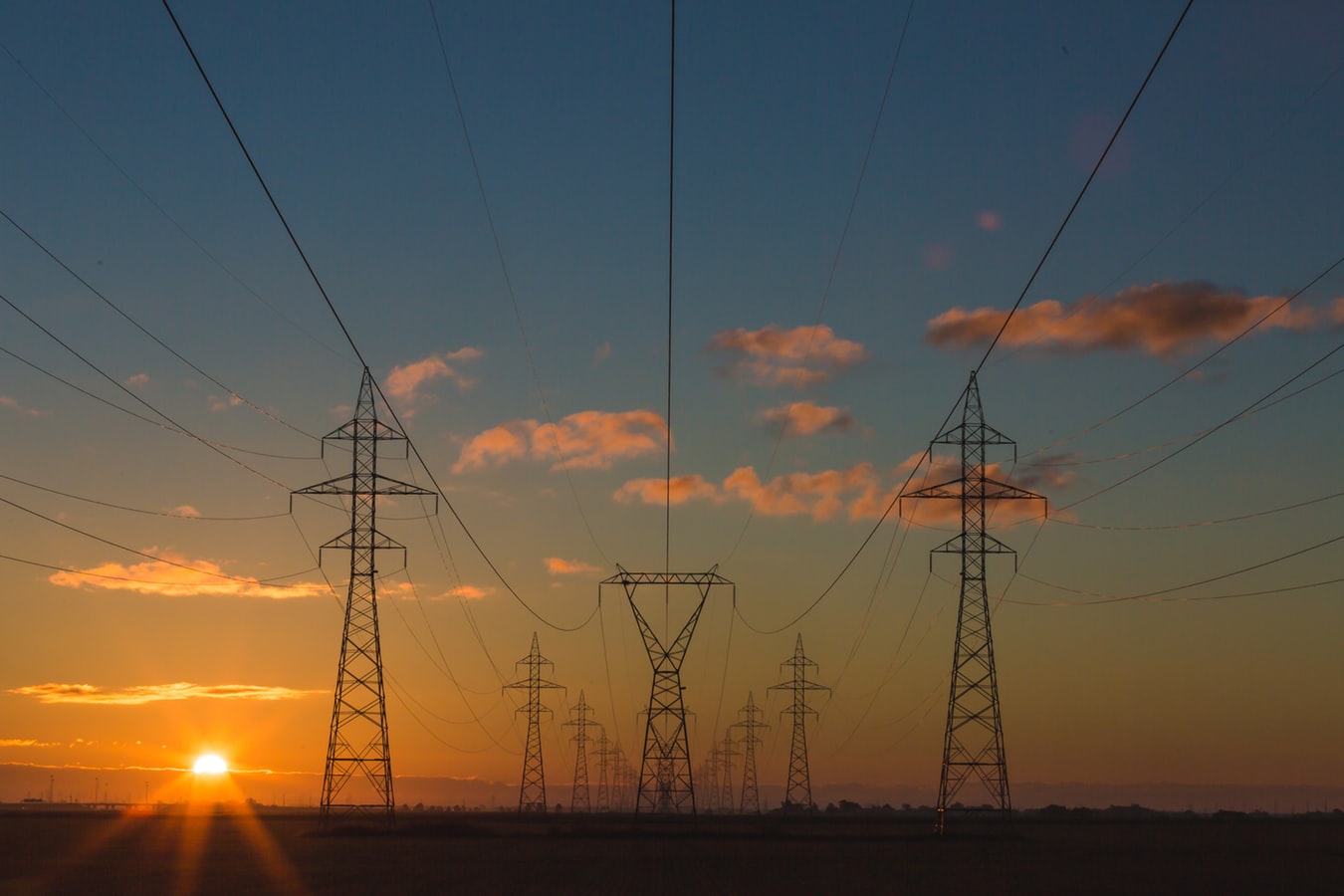地下深处,在那些热水不存在于不同的液体和气体阶段的地方,这是一种人们希望能在新西兰能源未来中发挥关键作用的资源。
GNS Science 是乐观的,所谓的超临界地热是实现政府 “雄心勃勃的可再生能源目标” 解决方案的一部分。但现在还有几年了。
替代能源期货是高希望往往花很长时间的地方。这就像老笑话一样:核聚变是未来的能源,永远都是。然后有固态电池,只要我们知道如何制造电动汽车,它们就能解决所有问题;或者氢是未来的运输燃料,只要我们能够在不使用天然气的情况下制造很多电池。
这些都是非常酷的想法,鉴于能源对于文明的未来至关重要,因为我们知道它正在向这些领域的研究投入资金。
最奢侈的是,35 个国家正在追逐融合梦想,在法国南部建造世界上最大的 tokomak,这是一种使用强大的磁场限制热等离子体的装置。
该项目被称为 Iter,官方预算为 200 亿欧元(新西兰元 34.3 亿美元),尽管有些估计还要高一些。
这是一项巨大的任务。工程始于 2007 年,该综合体定于 2025 年圣诞节前几天开始使用 “第一个等离子体”。但是,此后至少还需要十年才能完全加电该设施。计划是让 Iter 成为第一个生产超过使用能量的聚变实验,但即使如此,它也不会实际捕获它产生的能量作为电力。相反,“它将为可以使用的机器铺平道路”。
回到超临界地热。2019 年期间,新西兰政府决定在五年内花费 1 070 万美元,以确定在新西兰寻找资源的最佳地点,并进一步了解这些资源。
根据国家统计局的数据,光靠传统的地热不能使新西兰实现政府在 2035 年之前实现 100% 可再生电力,到 2050 年实现温室气体净排放量为零的目标。
GNS 在其筹资申请中表示:“解决方案更深、超临界的地热。”

















































